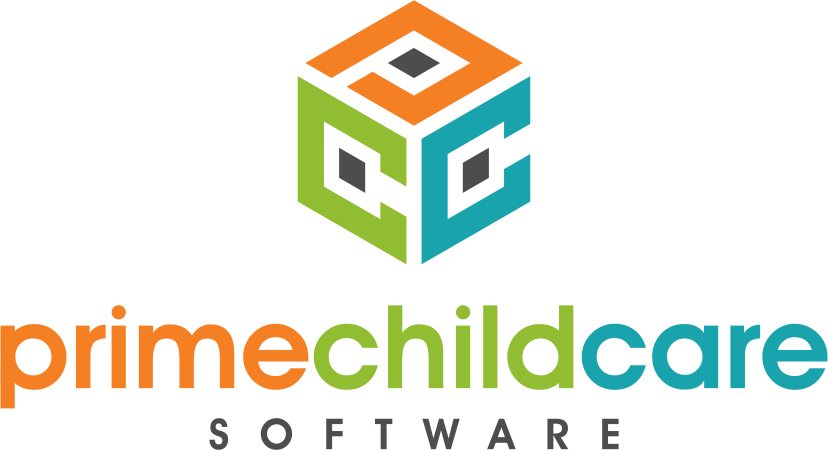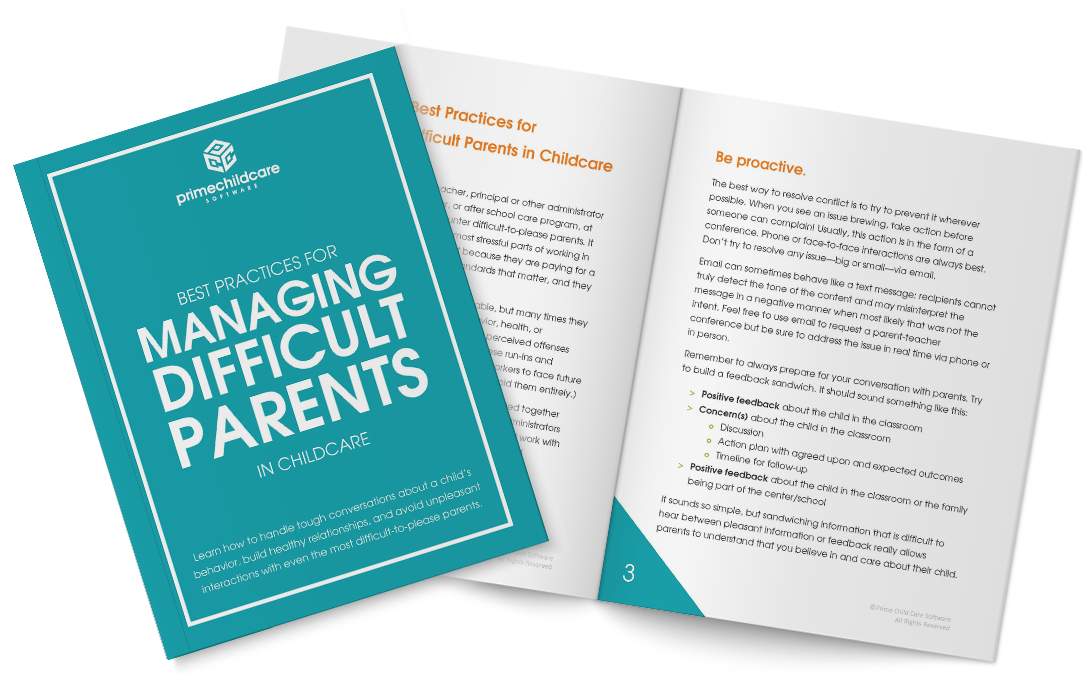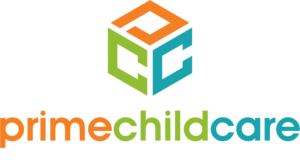
3 Ways to Ensure Parents and Guardians Are Reading Health Notices and Policy Changes
Now more than ever parents need to stay up-to-date with your daycare center. Getting them the information is easy. Getting them to actually read it, though, tends to be much more difficult. So how do you make sure important information is getting to parents? … Read More












